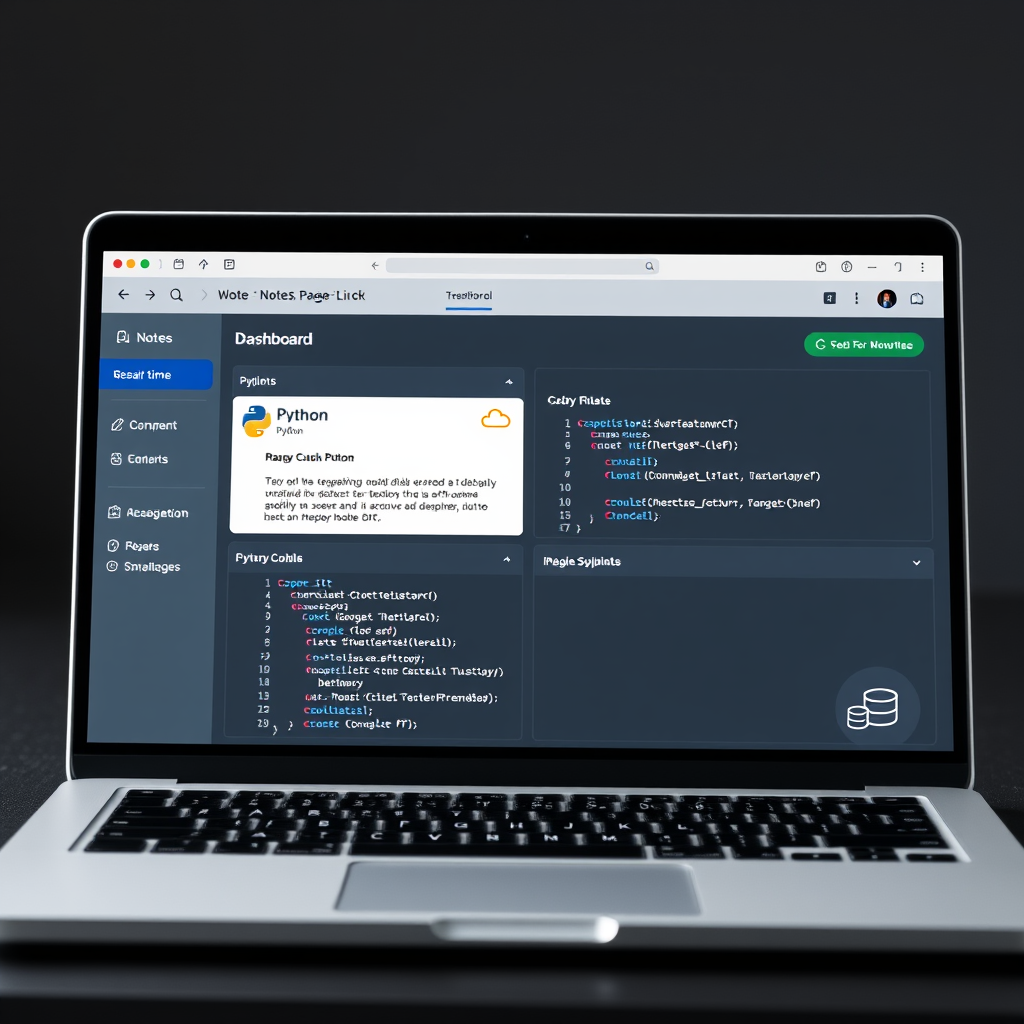
Introduction
In the rapidly evolving landscape of artificial intelligence, the most celebrated breakthroughs have come from large language models that can generate text, answer questions, and even write code. Yet for the majority of enterprises, the real value of AI lies not in creative prose but in the ability to interpret structured data—sales tables, inventory lists, financial ledgers—and turn that information into actionable insights. SAP’s announcement of the Relational Foundation Model, RPT‑1, signals a deliberate pivot toward this niche. Rather than relying on the generic knowledge of a language model, RPT‑1 is pre‑trained on decades of business transactions, spreadsheets, and relational databases that SAP has curated. The result is a model that can perform predictive analytics, forecasting, and other enterprise‑specific tasks “out of the box,” without the need for costly fine‑tuning or proprietary data pipelines. This approach promises to reduce the time and expertise required to deploy AI in a corporate setting, a promise that could reshape how companies approach data science and digital transformation.
Main Content
What is RPT‑1?
SAP’s RPT‑1 is a foundational AI model that treats tabular data as its primary input. Unlike traditional language models that learn from raw text, RPT‑1 ingests structured tables, learning the relationships between rows, columns, and cell values. The model is built on the ConTextTab architecture, which incorporates semantic signals such as column headers and data types to guide pre‑training. By embedding these signals, RPT‑1 develops an internal representation of the relational structure inherent in business data. The practical upshot is that an analyst can upload an Excel sheet or a database snapshot and immediately ask the model to forecast sales, identify anomalies, or suggest optimal inventory levels—all without writing a single line of code.
Tabular AI vs. Large Language Models
The distinction between tabular AI and LLMs is more than a technical nuance; it reflects fundamentally different problem spaces. LLMs excel at tasks that require flexible, context‑driven language generation, but they struggle with precise numerical reasoning and structured queries. Tabular models, on the other hand, are engineered to handle exact calculations, relational inference, and deterministic outputs. RPT‑1’s ability to understand and predict based on relational data gives it a clear advantage in domains such as finance, supply chain, and human resources, where the stakes of misinterpretation can be high. Moreover, because RPT‑1 is pre‑trained on business data, it requires fewer domain‑specific prompts to deliver accurate results, reducing the cognitive load on users.
Industry‑Specific Models and the Shift
While many organizations have invested heavily in fine‑tuning general LLMs like GPT‑5 or Claude, the industry is gradually recognizing the limitations of a one‑size‑fits‑all approach. SAP’s RPT‑1 embodies a new wave of industry‑specific models that are tailored to the nuances of enterprise data. The company’s own research demonstrates that a narrow, highly customized model—such as one designed for sentiment analysis—can outperform a generic LLM in its domain, but it lacks scalability. RPT‑1 strikes a balance by offering a broad, yet domain‑aware foundation that can be adapted to multiple verticals with minimal effort. This shift is echoed by other players: Microsoft’s Copilot now works directly in Excel, Anthropic’s Claude integrates with spreadsheet tools, and Chinese startup Manus provides data‑visualization capabilities that read spreadsheets. RPT‑1’s promise is that it can deliver comparable, if not superior, performance while demanding less fine‑tuning.
Practical Use Cases and Integration
The real measure of RPT‑1’s value will be how seamlessly it can be woven into existing SAP ecosystems. The model is already available through SAP’s AI Foundation, and SAP plans to release a no‑code playground that lets users experiment with the model in a sandbox environment. For a retailer, this could mean uploading a sales history table and instantly receiving a forecast for the next quarter, complete with confidence intervals. A manufacturing firm could feed production data and obtain predictive maintenance schedules. Because RPT‑1 is relationally aware, it can also answer complex “what‑if” queries—such as “If we increase the marketing budget by 10%, how will that affect sales in region X?”—without requiring a data scientist to build a custom model.
Future Outlook and Open‑Source Plans
SAP has announced that RPT‑1 will be generally available in Q4 of 2025, with additional models slated for release thereafter, including an open‑source variant. This strategy signals a commitment to fostering a broader ecosystem around relational AI, encouraging third‑party developers to build on top of the foundation. The open‑source release could accelerate innovation, allowing researchers to benchmark RPT‑1 against other tabular models like TabPFN and TabIFL, and to extend its capabilities to new data types and industries.
Conclusion
SAP’s RPT‑1 represents a significant step toward democratizing AI for enterprise analytics. By shifting the focus from generic language understanding to relational data mastery, the model addresses a core pain point for businesses: the need for accurate, actionable insights derived from structured data. The promise of plug‑and‑play functionality, reduced training overhead, and industry‑specific relevance positions RPT‑1 as a compelling alternative to the prevailing fine‑tuning paradigm. As the model rolls out and the open‑source community engages, we can expect to see a wave of new applications that leverage the power of relational AI to drive efficiency, reduce risk, and unlock hidden value across sectors.
Call to Action
If your organization is looking to accelerate its AI journey without the overhead of building custom models, explore SAP’s RPT‑1 today. Sign up for early access to the no‑code playground, experiment with your own data, and discover how relational AI can transform your decision‑making process. Stay tuned for the Q4 2025 launch and be ready to integrate RPT‑1 into your SAP ecosystem for a future where data‑driven insights are instant, precise, and scalable.

